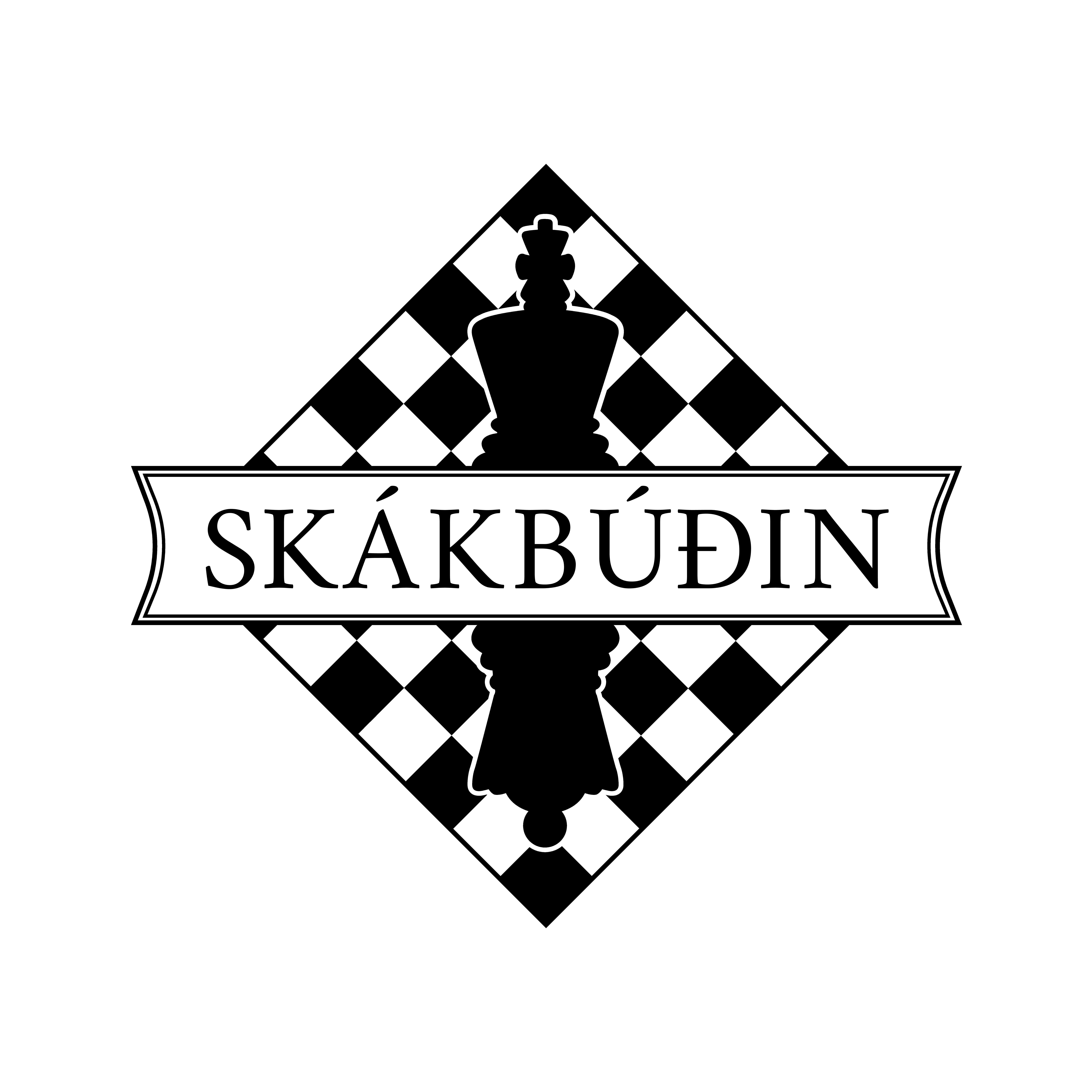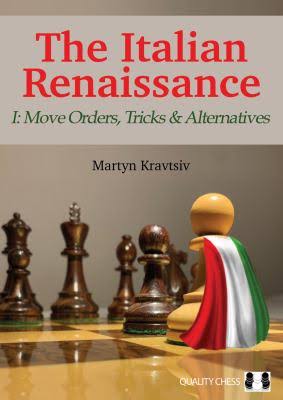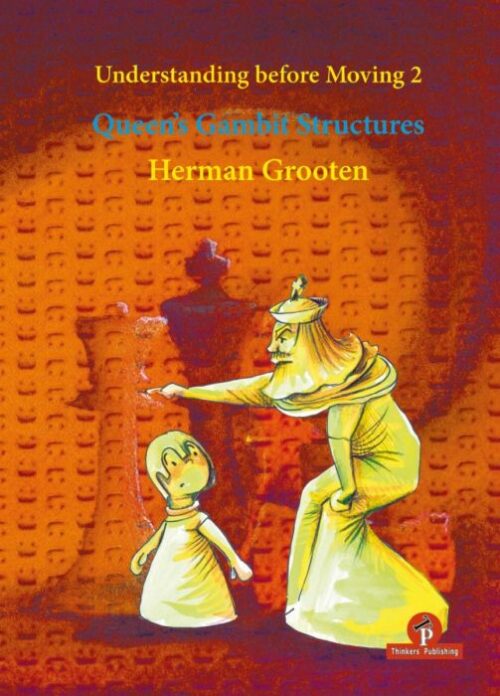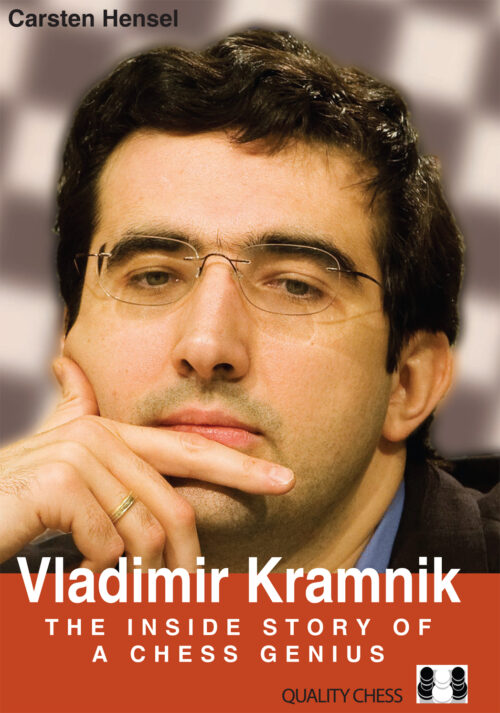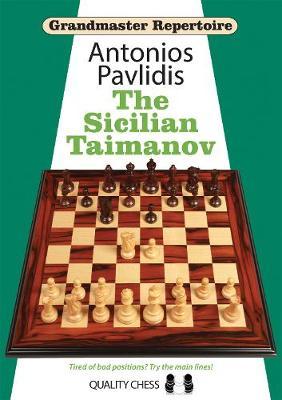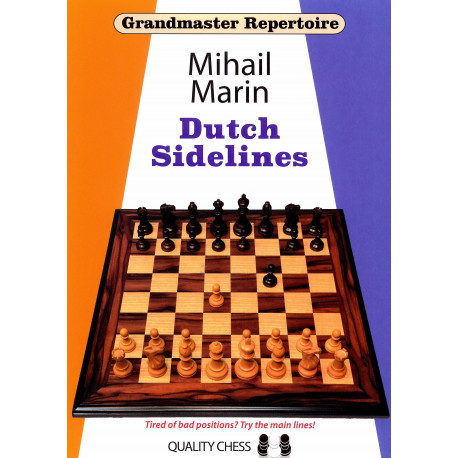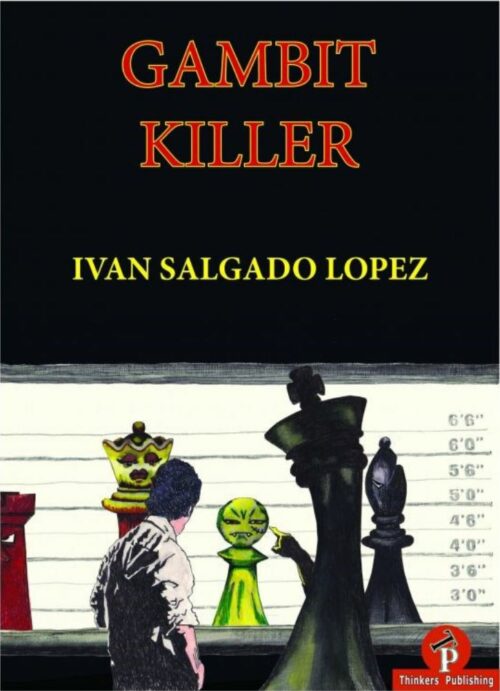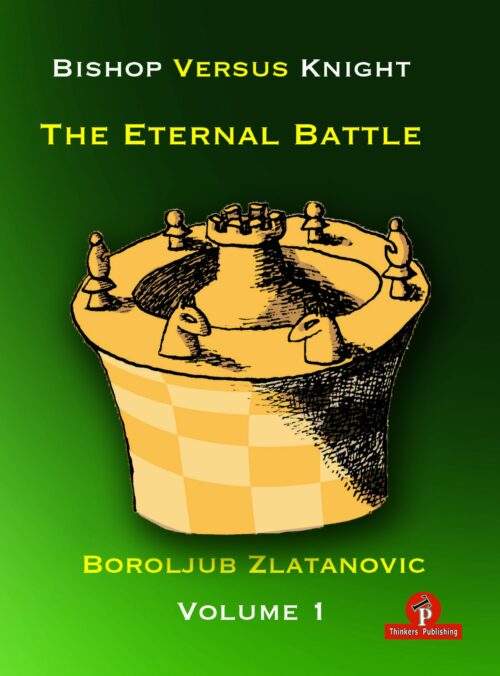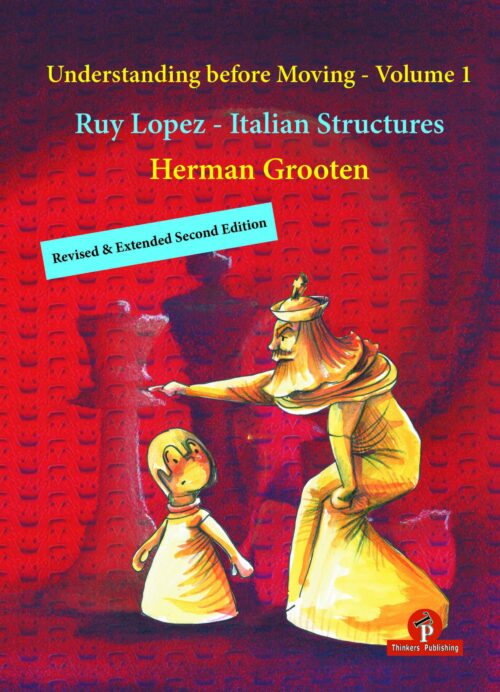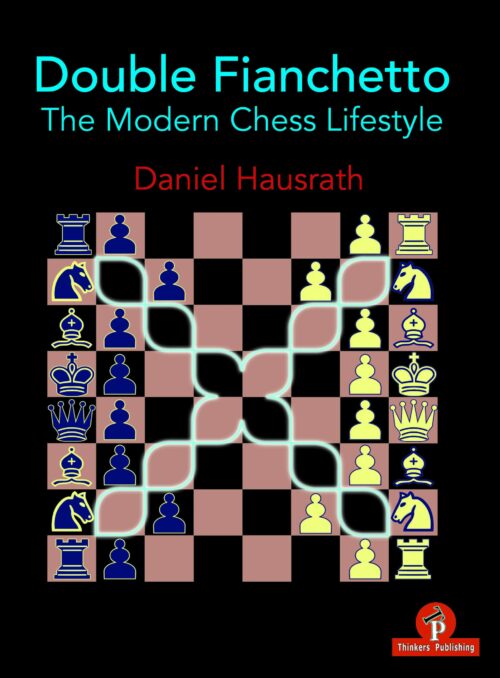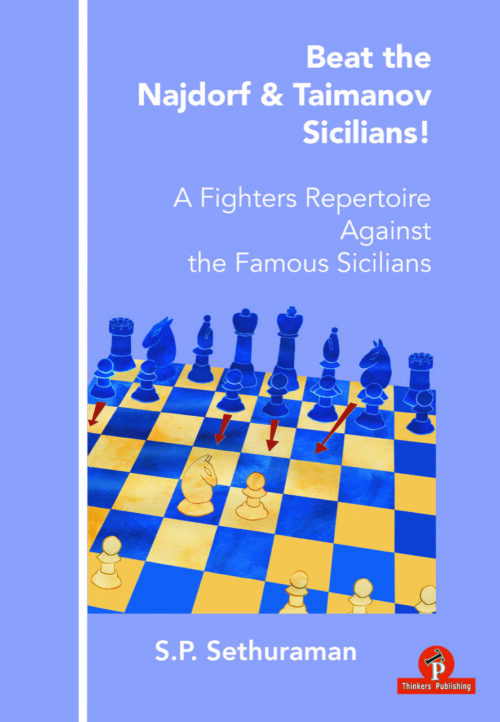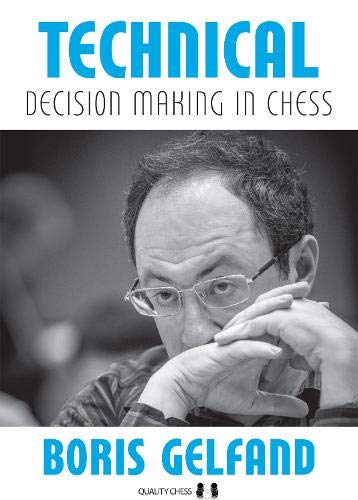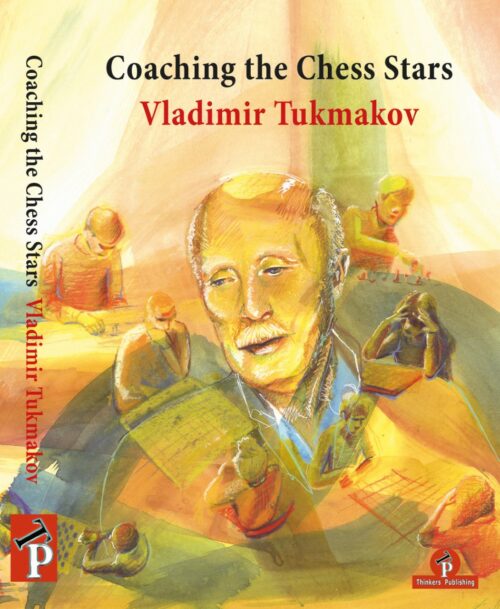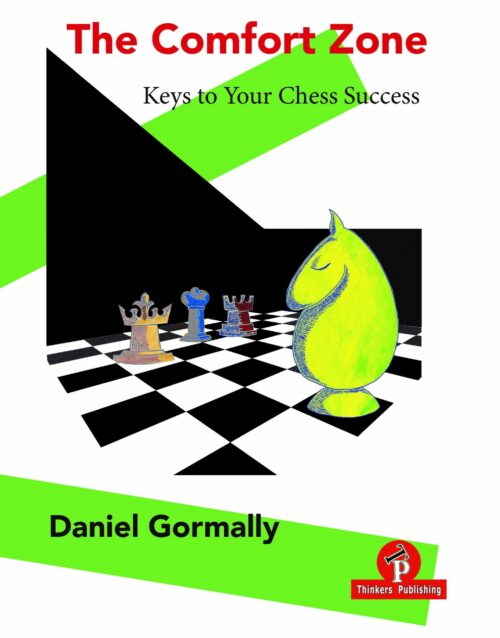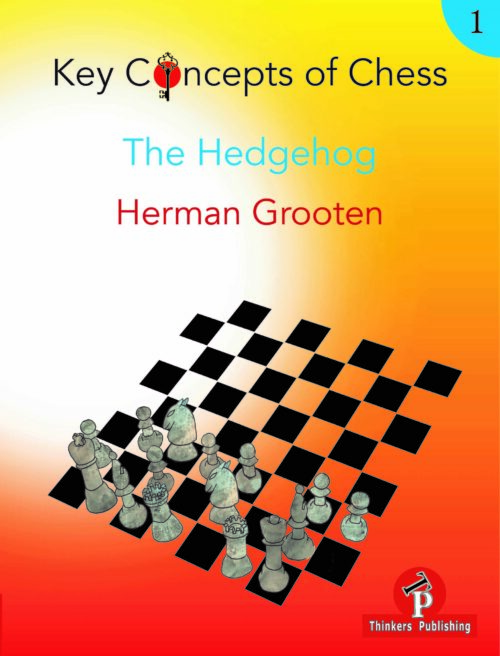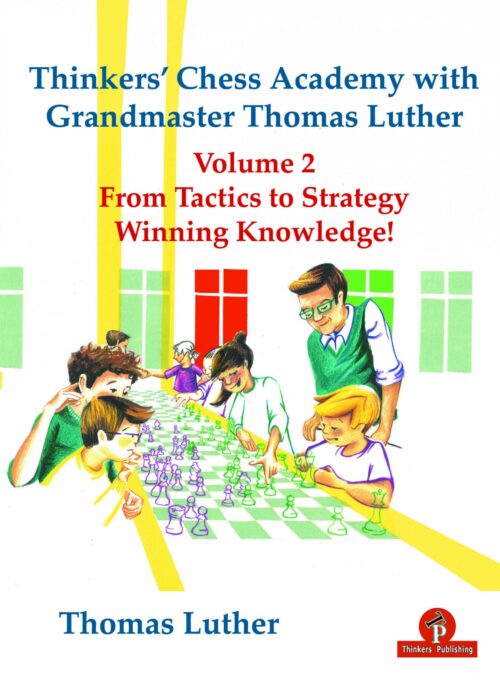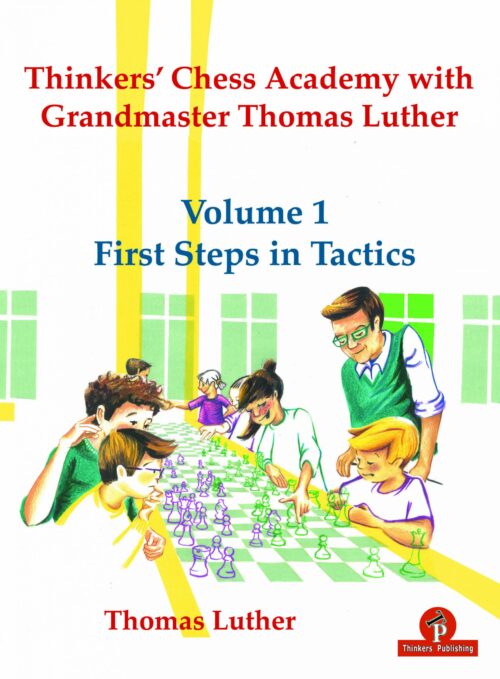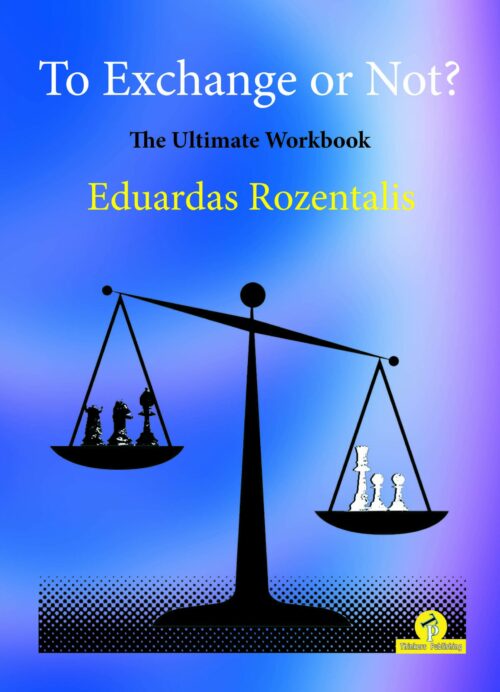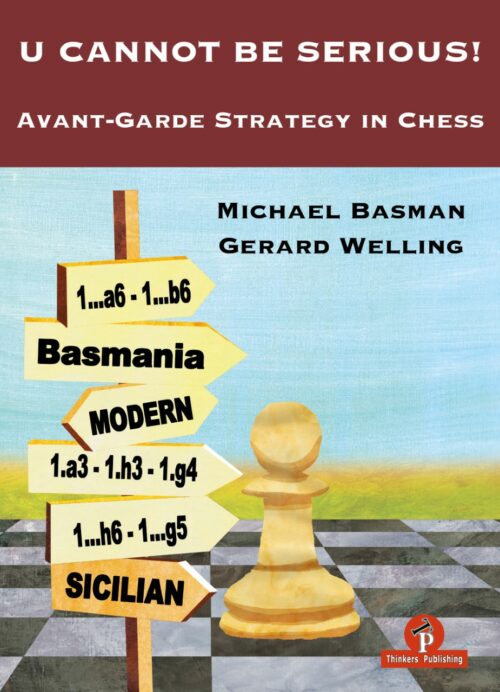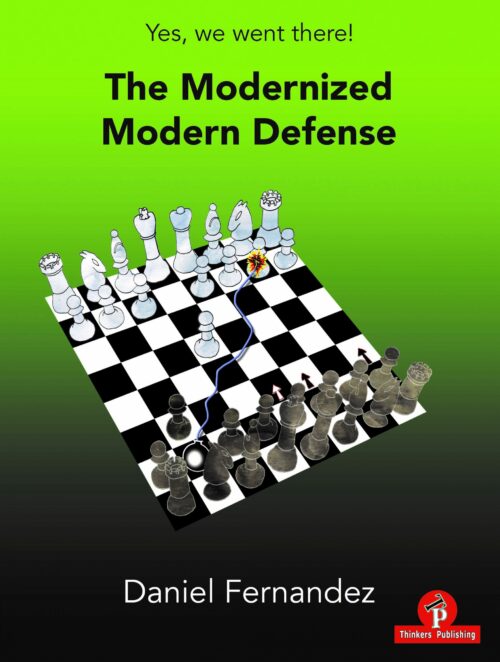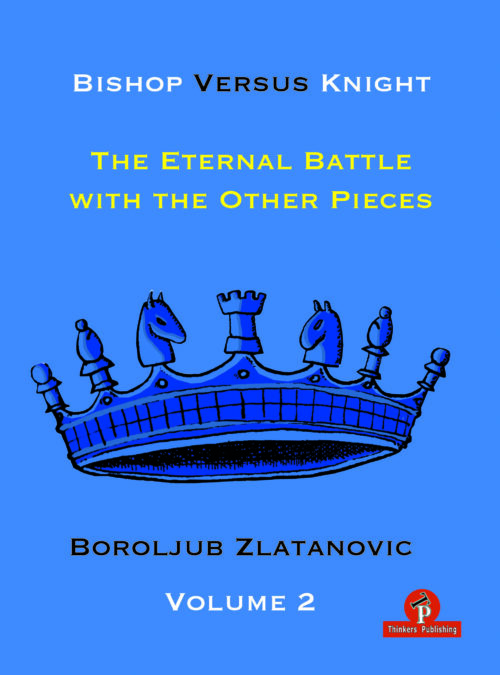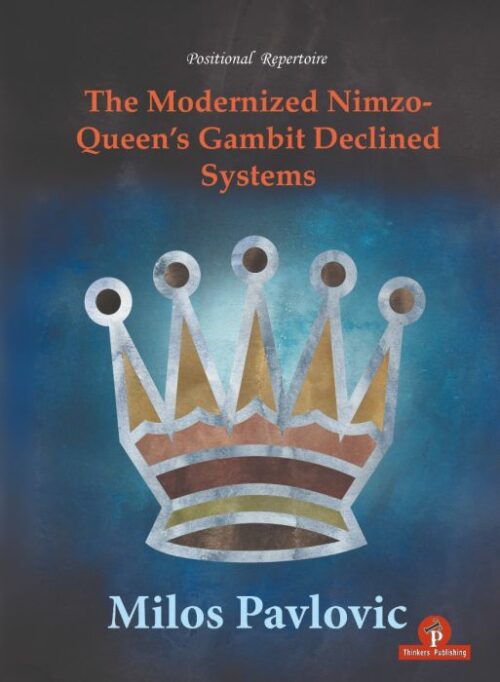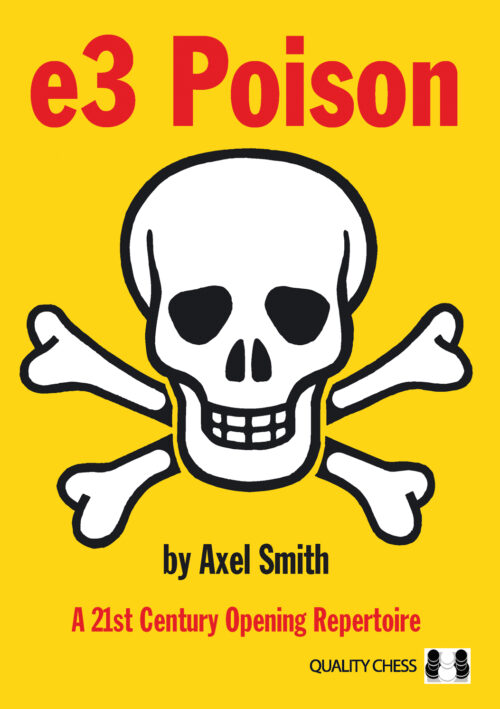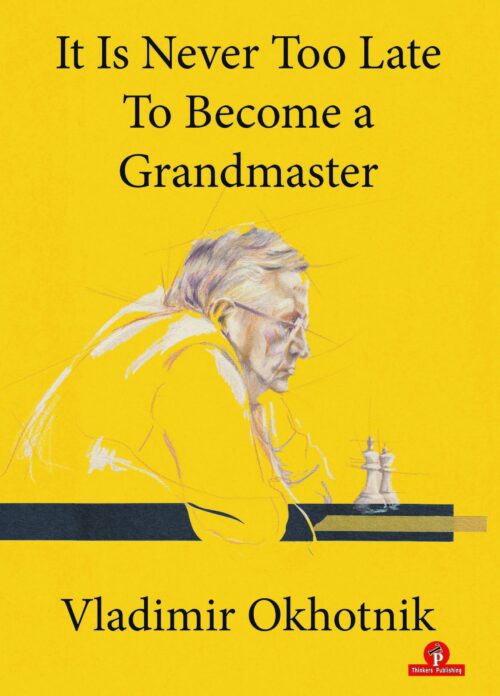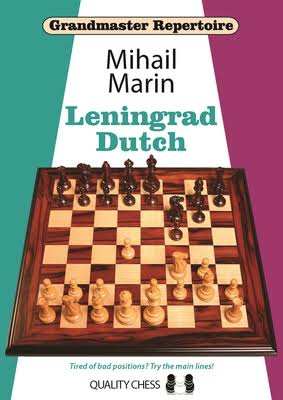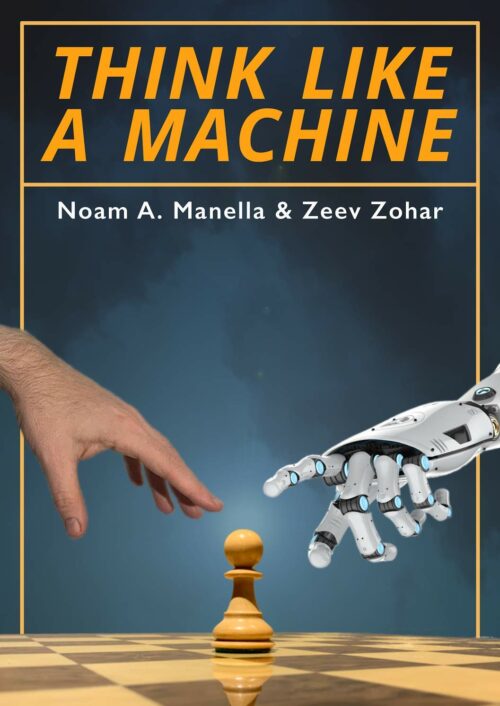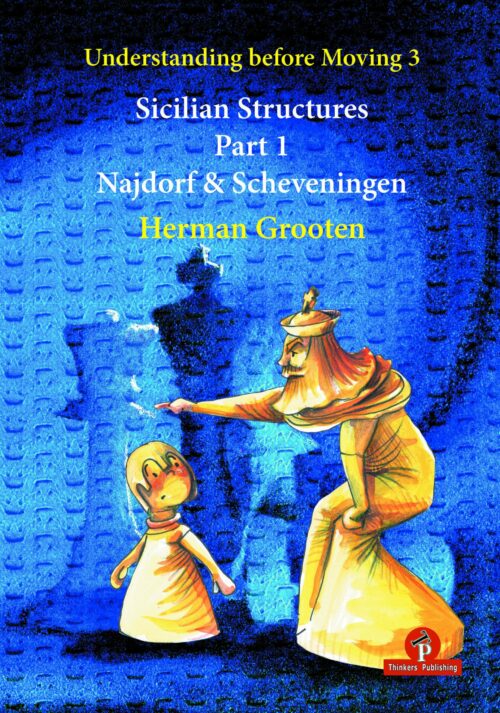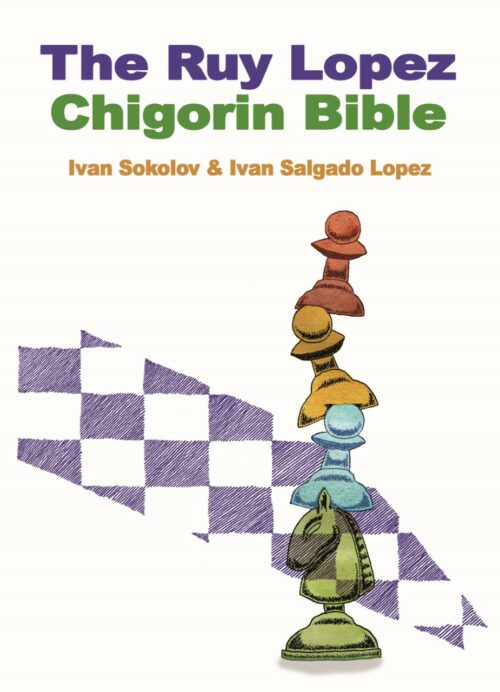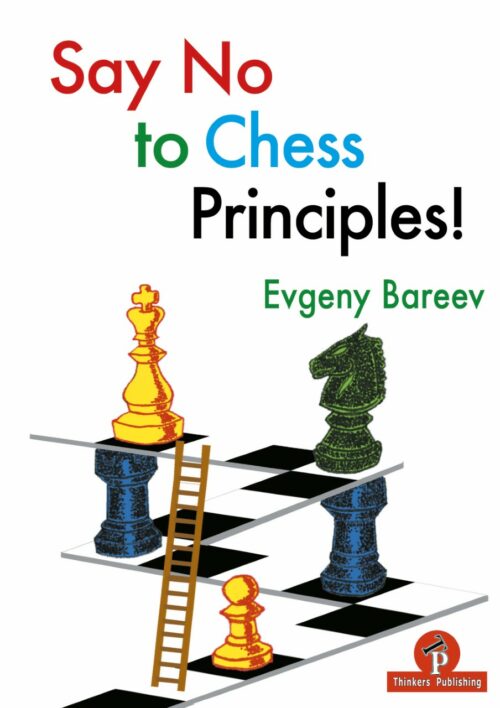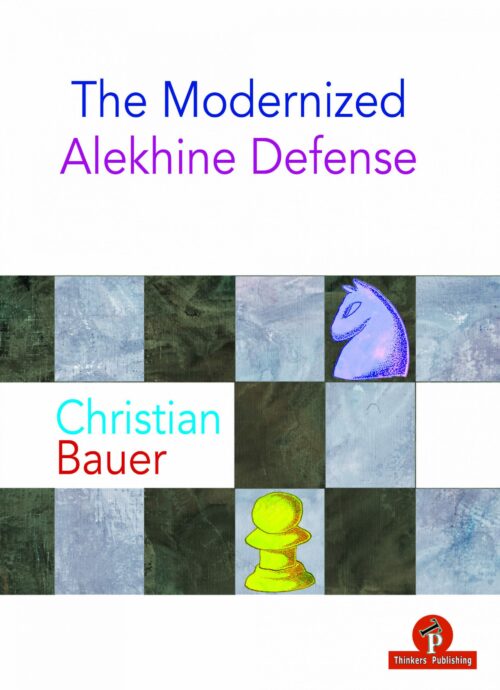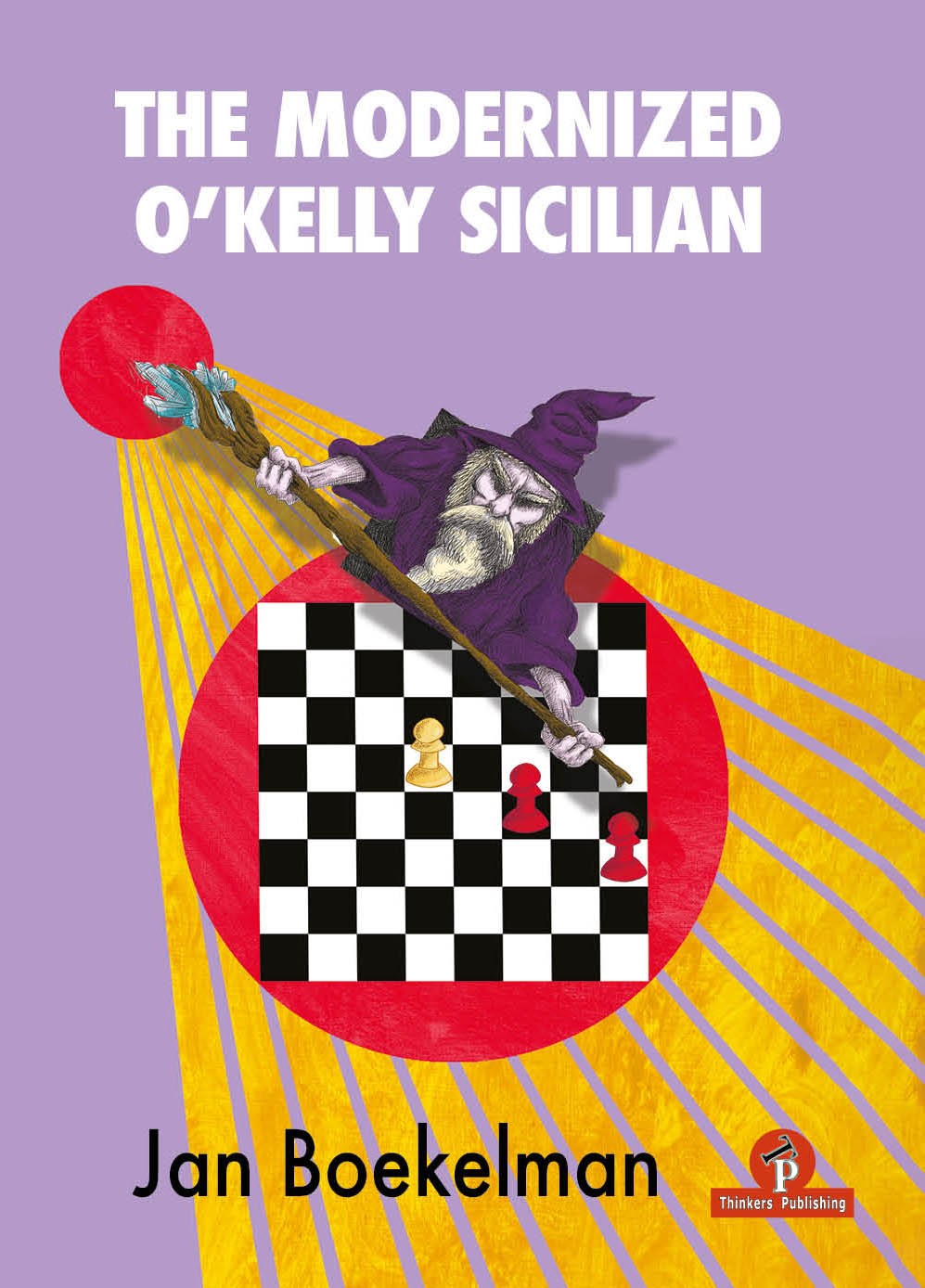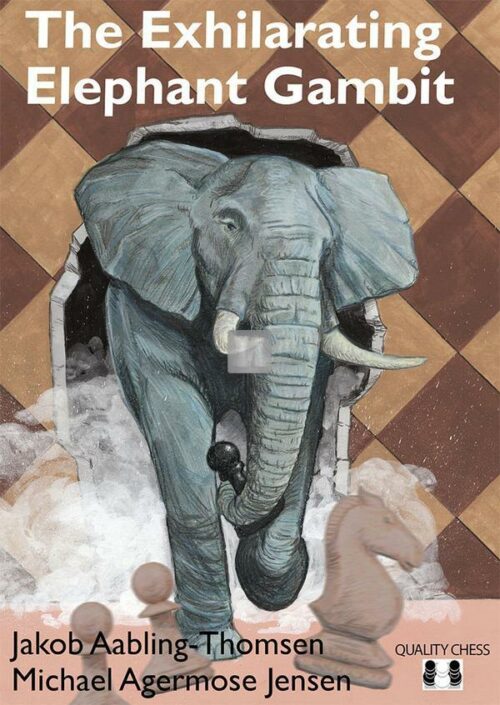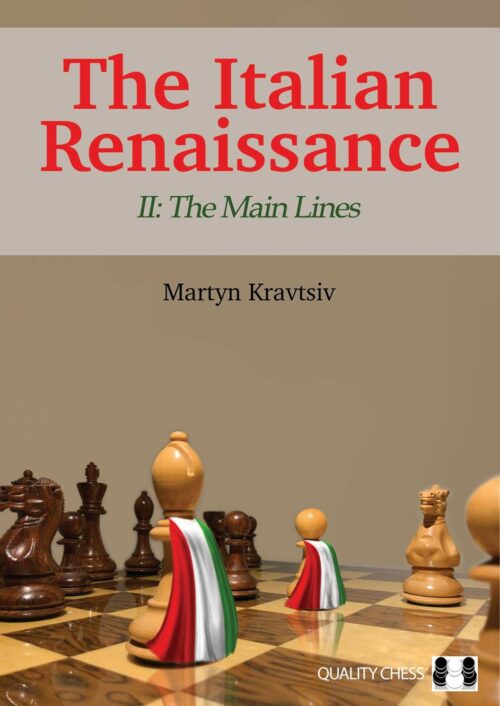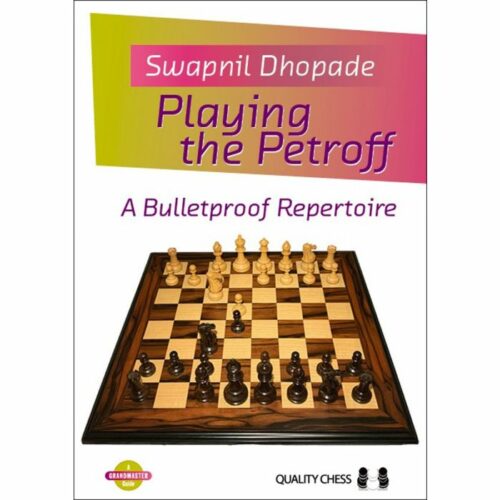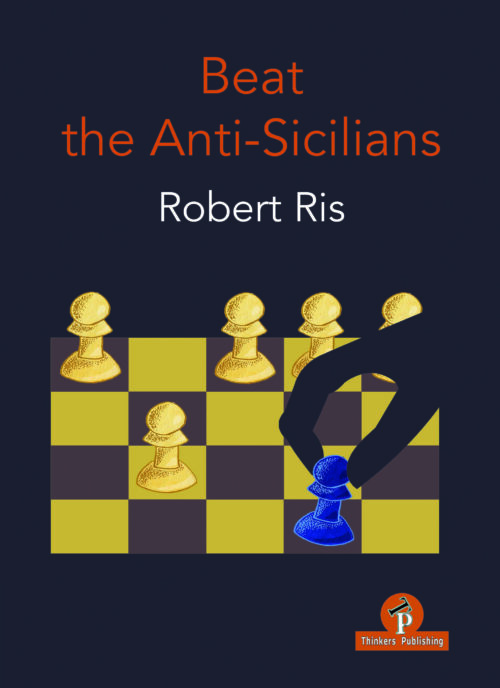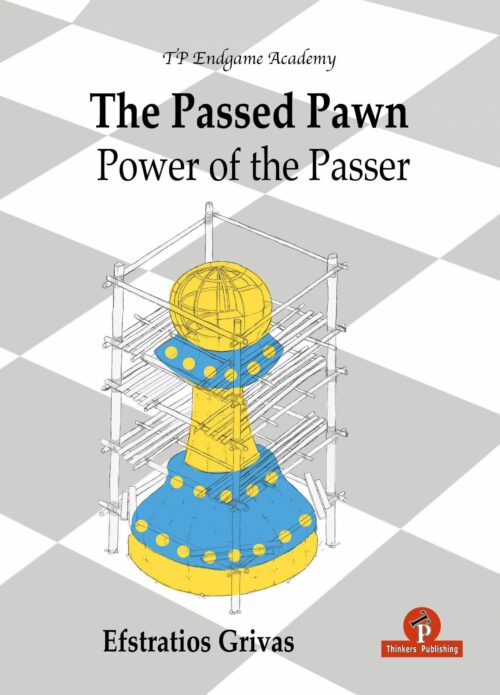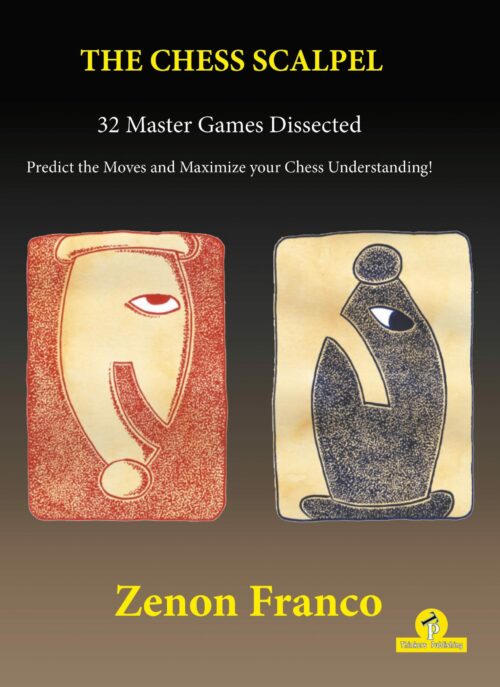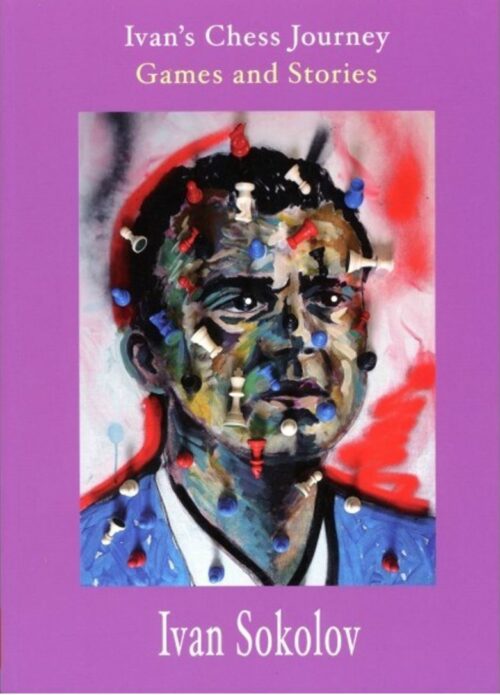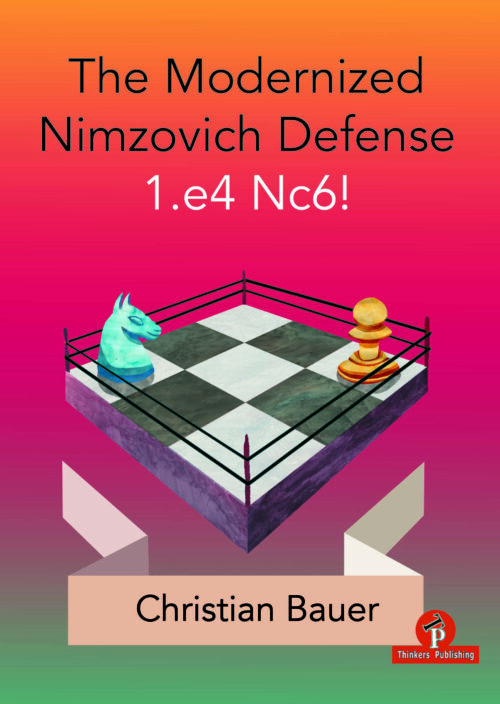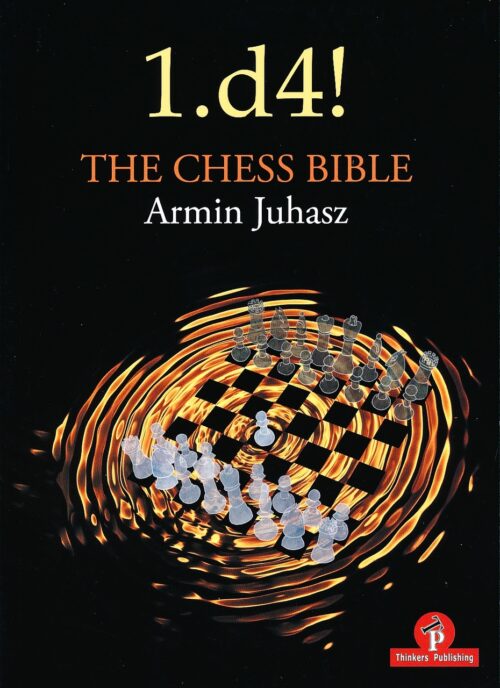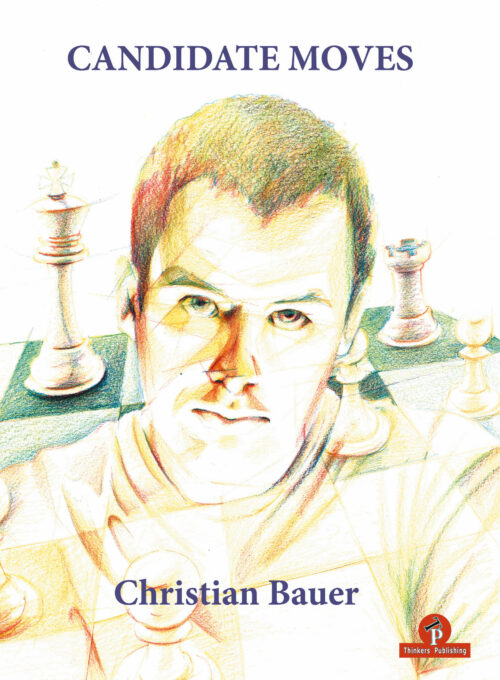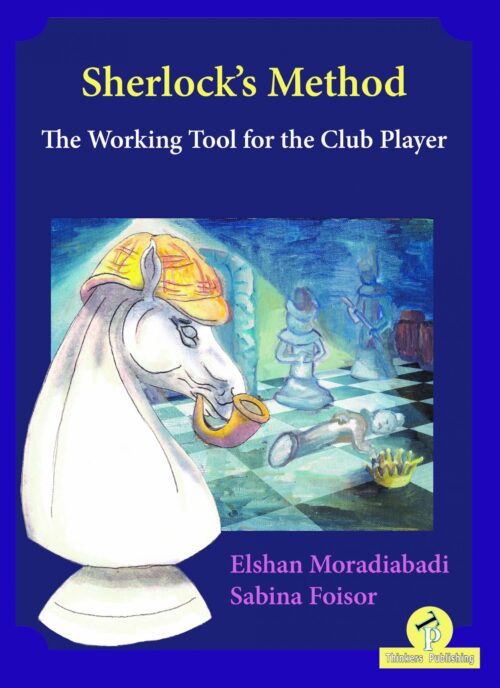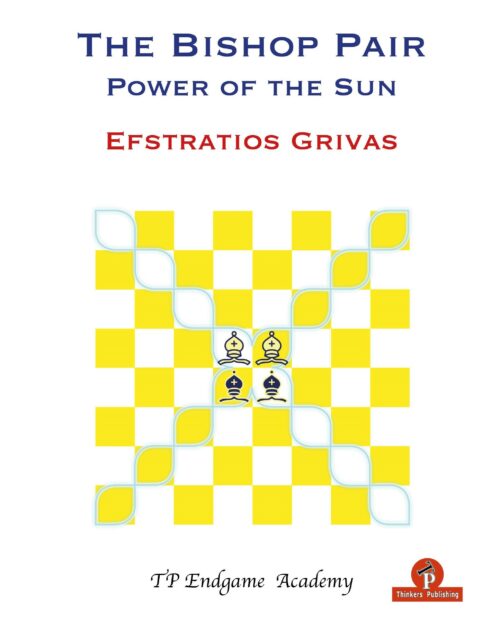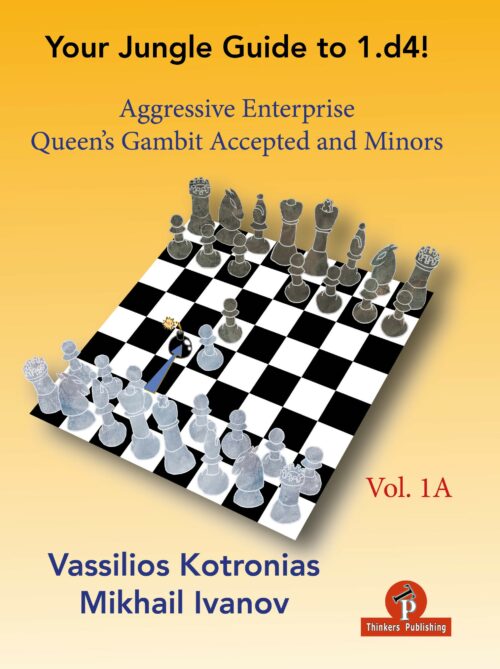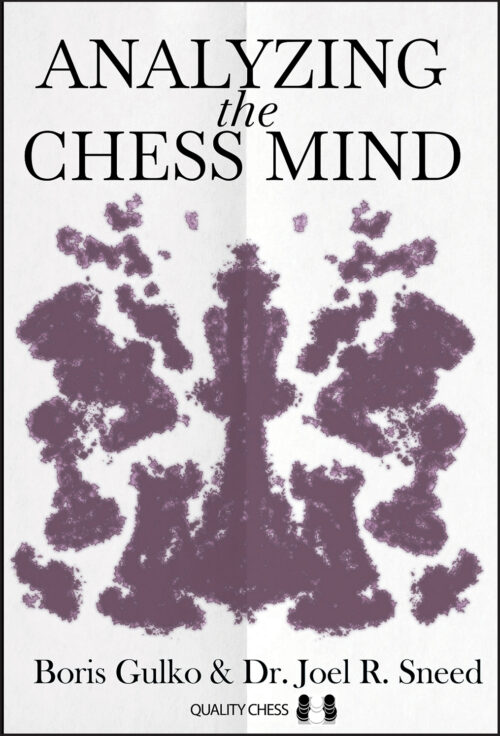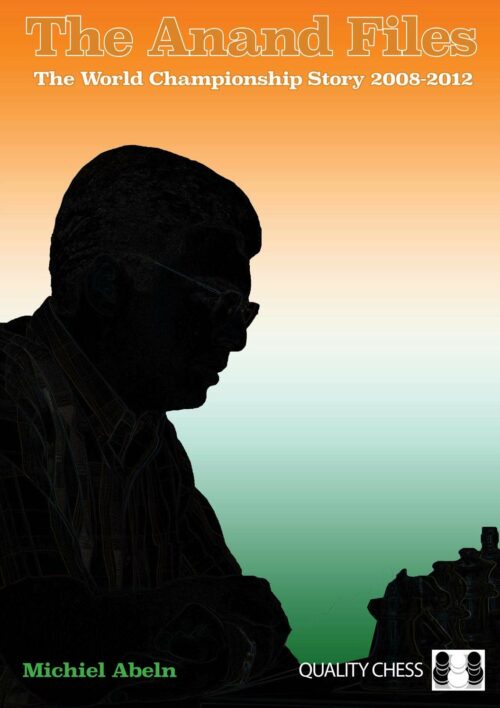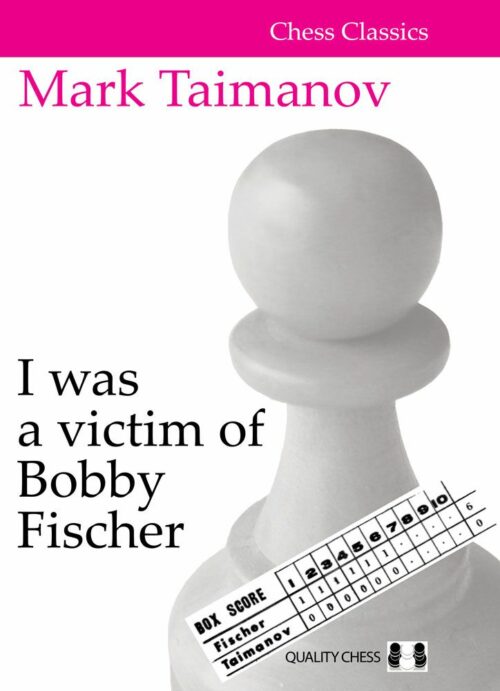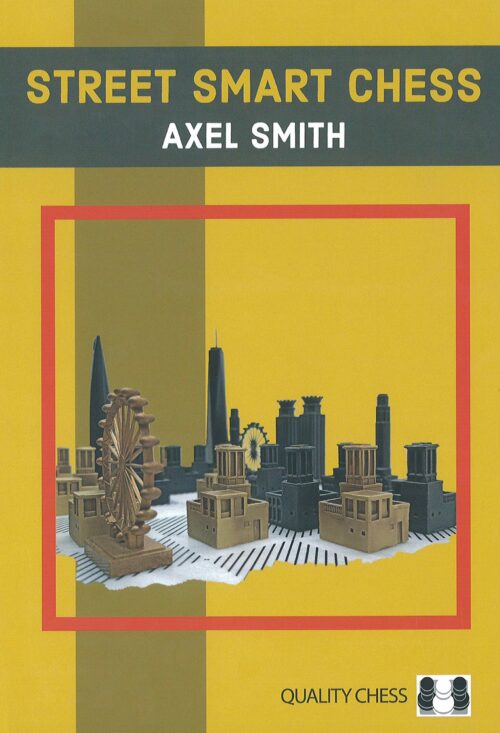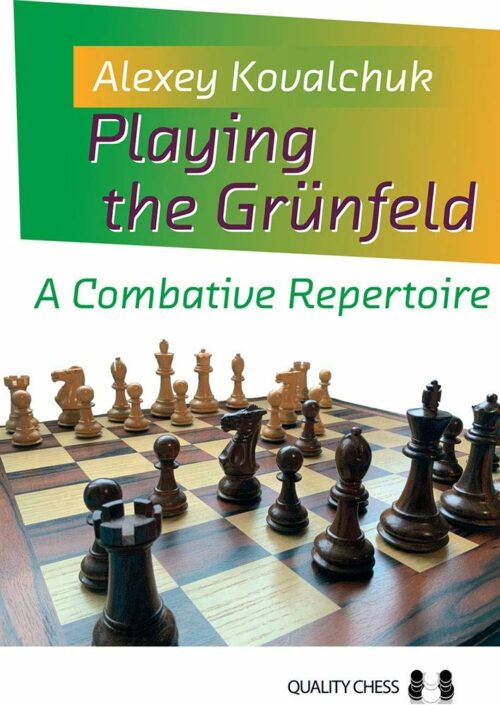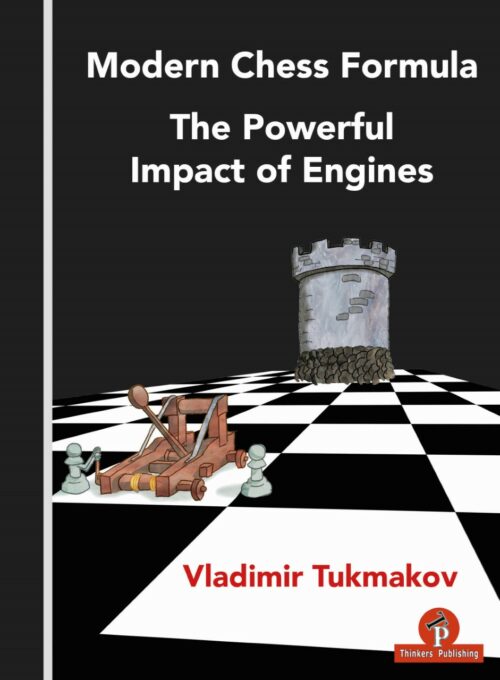-
Chess is, after all, a game. It’s important to find the best moves. You don’t need to know everything about chess; what you need to know is the right things! This is why children now learn the game more quickly – they get the right information. Even if they don’t know many things, they have the right patterns in their heads! This is my first goal in this book. I want to give you ONLY the information that you need, no more, no less. Of course, this was not an easy task, but I tried my best.
-
Nýtt inn! Bishop or knight? An eternal dilemma! The legendary Bobby Fischer would likely vote for the bishop. Other authorities like Nimzowitsch would prefer the knight. The truth is somewhere in the middle. Of course, it is clear a bishop usually dominates in open positions while the knight should be preferred in blocked positions. But what does that “usually” mean? Are there exceptions? Sure, a bishop can dominate even in a blocked position if the controlled diagonal is important. Further, the knight can dominate in open positions if there is a good outpost or influential place for it.
-
How does one achieve the unique ‘sound’ and distinct technique that are absolutely necessary to become successful at the highest level? It can only be done via a deep understanding of the chess player’s personality and the unique talent that distinguishes him from other soloists. It is here that the role of a coach is of the utmost importance. First, it is necessary to understand the nature of your student’s chess talent, and second, it is important to identify the player’s character and personality traits. His style ought to be harmonious, so that the essence of the human being matches the characteristics of his chess talent. Since it is the same emotionless computer that is now in charge of the purely chess component, it falls upon the coach to deal with the chess player’s personality, mysterious and unknowable as it might be.
-
Nýtt inn! Frábær bók eftir GM Gormally hate introductions so I’ll keep this short. (A bit like the good moments in my chess career.) The inspiration for this book came from a golf tournament on the PGA tour I was watching recently. They’ll be plenty of golf and sportinganalogies in this book, so if these annoy you, then probably you should try another book. (Tough cookies if you’ve already bought.) Jason Kokrak won it, his first PGA tour event.
-
Nýr titill! Concept bækurnar hans Grootens eru virkilega góðar og lærdómsríkar.
-
Nýtt inn! Vertu öðruvísi og hugmyndaríkur við skákborðið. Komdu andstæðingum þínum á óvart. This book is written with the intention to introduce the reader to the creative chess ideas of Michael Basman. He gave up more intense regular tournament chess around the turn of the millennium, to concentrate his energy on the development of school chess. And that is what he is mainly known for in recent times, as the motor who made the UK Chess Challenge blossom. Nowadays the yearly nation-wide school competition still attracts around 40,000 children, and that is not even the record. […]
-
In his new endgame series, Boroljub Zlatanovic shows a profound understanding of the most common material imbalance in chess: that of the bishop against the knight. The didactic concept of the book is admirable as well as the detailed explanations of the typical characteristics of this endgame. Despite the importance of this subject, it has received very little detailed coverage in chess literature and this encyclopedic work will definitely fill this gap and offer a lot of useful tips for practical play. ~ Alexander Delchev
-
“A combination of the Queen’s Gambit Declined and Nimzo-Indian is considered one of best ways to play against 1.d4, 1.c4 or 1.Nf3.” ~ Milos Pavlovic
-
“Chess is not for the faint of heart,” Steinitz once said. I agree 100%! Chess players do not need pumped up muscles, they need a stable neuropsychic organization. How else can you resist the constant pressure that every nerve cell of the player experiences? I don’t always like this constant struggle with the stress that hangs over you, especially when you are wrong in a winning position. And in recent years, another “problem” has been added – incredibly powerful computer engines that younger opponents skillfully use in preparation for the game. But when you win a beautiful game or use a theoretical novelty invented at home (albeit with the help of a computer), or defend a difficult hopeless position, how great it is! And at such moments you don’t think what chess is – it is science, art or sport. At times like these, they are just part of your life.” ~ Vladimir Okhotnic
-
“The current trend, developed in recent years, is for Black to capture on d4 with his e-pawn, aiming for Benoni-type pawn structure positions which lead to rather double-edged positions.” ~ Ivan Sokolov
-
“A lot of the topics listed demand a very straightforward type of thinking or approach. However it also happens that chess players often discover significant resources which formally exist outside the typical rules of chess. Those who know how to break all the rules and work around those specific guidelines reach the very top.” ~ Evgeny Bareev
-
Á útsölu!Building on his ever creative ideas, Christian Bauer found a way to take a fresh look at the current status of the Alekhine Defense. It’s clear that Christian has a definite weak spot for Knights. Surely you will appreciate his best efforts to bamboozle your opponents into self-destruction by using the Alekhine.
-
Á útsölu!
- Jan Boekelman has produced you with a playable repertoire out of a somewhat sideline Opening, which nobody dared to touch to make it into an entire repertoire.
- Try to expand your knowledge in the 3.c3 variation and go beyond the book’s content
- Deepen your knowledge in 3.c4 variation and do not play it before you know it well
- Finally, follow the very strong GM Vladislav Artemiev, who has had a relatively successful run with this opening in rapid online events.
-
When I decided to write The Modernized Sveshnikov (June 2020) I knew that I was basically committing myself to covering the Anti–Sicilians in a separate book as well. After all, what’s a book on the Sveshnikov alone worth when your opponents decide to avoid the Open Sicilian? Especially since the Sveshnikov is nowadays considered to be one of the most reliable options for Black in the Sicilian, White players have been investigating new territories within the Anti–Sicilians. The book you are holding in your hands, Beat the Anti–Sicilians, aims to provide a complete Black repertoire against all the critical sidelines after 1.e4 c5. The biggest part of the book covers the Rossolimo and Alapin, but also the popular lines at club player’s level like the Grand Prix Attack and the Morra Gambit, and other alternatives on White’s 2nd move are also worked out in detail.
-
“A passed pawn must be blockaded, so as to have its power restrained as much as possible. The minor pieces (knight or bishop) are ideal for this purpose, as they can rarely be forced to retreat by enemy action. On the other hand, the major pieces (queen and rook) find it difficult to achieve a stable blockade as is easy to harass them, while one must also consider that, for such valuable pieces, dealing with a mere pawn cannot be an efficient form of employment. Taking the above into account, it becomes clear that the side with the passed pawn should seek to exchange minor pieces and retain the major ones; the opposite applies to the defending side.”
-
The idea behind this book is for you to ‘play’ as in a real game, and it is my job to ensure you have a pleasant time while training. I suggest you take at least an hour and a half for each game and as your coach I will indicate when to guess the moves. Sometimes there will be suggestions — including tricky ones — to measure your concentration level. The ideas behind the moves are always explained. The games have been chosen according to my personal liking and commentaries are based on those by the players themselves, which is a great help in understanding what indeed happened. In some games you will have to guess moves for the losing side too. Indeed, I expect that as you proceed you will become familiar with the question of Mark Dvoretsky: “What could my opponent play?”. Importance has also been given to the practical aspect, which doesn’t always coincide with the suggestions off ered by the engines as best. This is to make it more like ‘a real game’.
-
Ivan Sokolov was one of the most furious attacking and creative players of his time. The author presents an overview of is his Life in Chess, full of entertaining unpublished material. He is not shy to share his opinions and promises the reader a personal roller coaster loaded with fun stories and unexpected twists. We are convinced you will enjoy the ride!
-
I found the idea to switch sides. By this, I mean to look at games from White’s perspective and then from Black’s. A rather interesting concept, as things often appear quite different, depending on the viewpoint. If one searches for videos showing a joint analysis of elite players, one may often see them completely disagree on certain positions, both of them claiming he stood, or would have stood, better here or there.
-
Mjög góð þjálfunarbók The book covers exactly what it promises to cover; they have a bit of everything in the examples ranging from silent knight maneuvers to fancy sacrifices. Their idea in the book is to help players train for tournaments by working on all aspects of the game and looking at problems in a wholesome way. They have a wide variety of topics from a wide variety of players. For example, there is an exercise of beautiful tactical play by the former World Champion Viswanathan Anand against Super Grandmaster Alexander Grischuk. As you solve the problem and move on, you will see another exercise played by their students rated around 1300. This is a beautiful way to illustrate that chess is chess, no matter who is playing the game. Just a heads-up to the reader, the latter is much harder to crack! Some of the examples like Jeffrey Xiong missing a queen trap or Nihal Sarin missing a simple way to control an open file to gain an advantage show that even the best of the best make mistakes. Even though there may be easy puzzles you can solve in a few minutes or real Titanic’s that take hours to sink in, you must consistently train with them.
-
Endgame theory teaches us two fundamental issues: First, how to extract the maximum from a basic theoretical position with little material, where the experts (from practice comprising thousands of games) have reached definite conclusions. Second, the way in which we can handle an endgame, depending on the material remaining on the board, and the ideas and plans we should employ. The purpose of this series is to introduce the reader to advanced training concepts, using the same methods of presentation and instruction that were taught to great players by famous trainers that they have worked with. The series will start with the topic of “the Bishop Pair” and we will examine how to handle this “power of the sun” coupling.
-
Grandmasters Kotronias and Ivanov are renowned as leading theoreticians and chess trainers. They offer a unique and world-class repertoire based on 1.d4! They advocate an ambitious approach for White, with the aim to fight for an advantage in any position. This is their first joint effort; they tackle the ever-popular Queen’s Gambit Accepted and their sidelines in Volume 1A and 1B. We at Thinkers believe their job could not have been done any better.
-
This book is dedicated to chess, though I must confess it is not that same chess with which I immediately and eternally fell in love many, many years ago. There were plenty of wonderful moments, and no shortage of horrible disappointments associated with that version of the game in which I certainly considered myself a true professional. The realities of chess life during the second half of the twentieth century are diffi cult for today’s young people to imagine or understand: Tournaments lasting 30,40 days with adjourned games being completed on specific days allotted for such adjournments. Unbelievable time trouble given that back then only the unrestrained dreamer David Bronstein even thought about incremental time to be added after each move. Mountains of cigarette butts in ashtrays — a fixed attribute of the chess battles and battlefields in those severest of days. Finally, suitcases filled to the very brim with Yugoslav Chess Informants and handmade card indexes.
skákbækurTómas Veigar Sigurðarson2023-06-12T16:33:59+00:00
